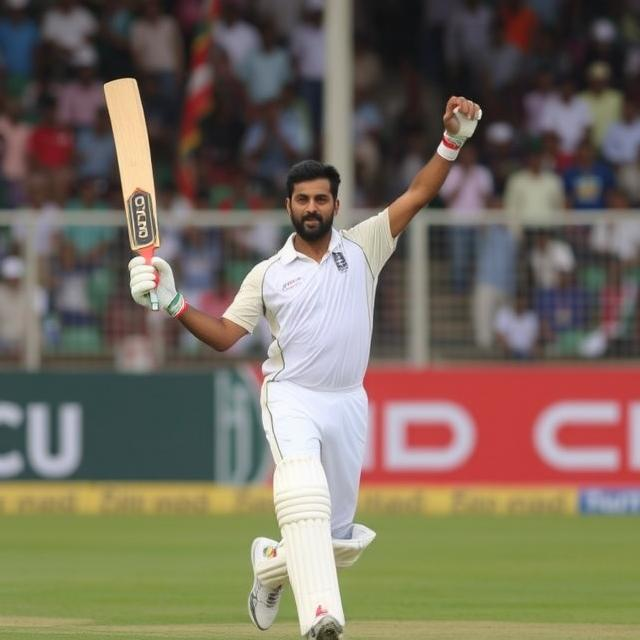Turksat 42E Dish Size in Pakistan: A Cricket Fan’s Guide to Satellite Reception

Turksat 42E Dish Size in Pakistan: A Cricket Fan’s Guide to Satellite Reception
Are you a passionate cricket fan in Pakistan, eager to catch every thrilling moment of the game live, regardless of where you are? Satellite TV offers the perfect solution, but choosing the right satellite dish for Turksat 42E reception is key. This comprehensive guide will delve into the optimal dish size, installation, and essential factors to guarantee clear, uninterrupted broadcasts, perfect for your next cricket match.
Understanding Turksat 42E and its Significance in Pakistan
Turksat 42E is a vital satellite broadcasting platform in Pakistan, carrying a wide array of television channels. For cricket enthusiasts, this means accessing live matches, replays, and highlights from various leagues and tournaments. Choosing the correct dish size significantly impacts signal strength, picture quality, and ultimately, your viewing experience. A precisely-fitted dish ensures optimal reception, making sure every run, every wicket, and every thrilling moment is crystal-clear.
The satellite’s location in space is crucial. Turksat 42E, positioned over the Atlantic Ocean, requires a specific dish size to ensure that signals can be captured effectively. This precise targeting is paramount to achieving the best possible picture quality and eliminating annoying disturbances.
Determining the Ideal Dish Size for Turksat 42E in Pakistan
The ideal dish size for Turksat 42E reception in Pakistan depends on several key factors. While a general recommendation exists, individual circumstances play a significant role in the optimal selection. Precise calculations based on geographic location, building obstructions, and signal strength are essential. Do not rely on online calculators alone, consult with a qualified technician for personalized advice.
A common starting point, often seen in technical guides, suggests a minimum dish size. However, this should be approached with care. A larger dish size generally does not guarantee a flawless signal, but it can be helpful in overcoming certain obstructions.
Factors Affecting Dish Size Selection
Several factors influence the appropriate dish size:
- Geographic Location: Your exact address in Pakistan determines the distance to the satellite. Mountainous regions or urban areas with high-rise buildings can affect signal strength, potentially requiring a larger dish.
- Signal Strength: Initial installation should assess signal strength, ensuring strong reception.
- Building Obstructions: Trees, buildings, or other structures can create signal interference. A larger dish, or perhaps the addition of a signal booster, might be necessary to overcome these obstacles.
- Installation Expertise: A knowledgeable technician can carefully assess your particular setup, factoring in all these considerations to recommend the right dish size for maximum results.
- Frequency Band: The particular frequency band used by the channels you wish to receive can also influence the optimal dish size. Different bands may require slight modifications to the antenna design.
Installation Considerations: A Crucial Step
Installing a Turksat 42E dish is more than simply mounting a plate on your roof. Professional installation is highly recommended for optimal performance. This includes precise alignment of the dish towards the satellite and proper connection to the receiver.
A skilled technician can ensure the dish is perfectly positioned, minimizing signal loss and maximizing viewing quality. This attentive installation minimizes interference and maximizes reception clarity. Don’t risk subpar reception due to improper installation. Investing in proper installation is a wise decision.
Avoiding Common Pitfalls in Dish Selection
Rushing into a decision based solely on price or size can be a mistake. Instead, focus on quality, professional installation, and assessing your specific location’s unique conditions.
Don’t be tempted by overly cheap options. These may lead to subpar signal strength and inconsistent picture quality, hindering your enjoyment of live cricket matches. Opt for quality components that offer reliable performance over extended periods, considering it as an investment in superior reception.
Beyond Dish Size: Further Enhancing Your Viewing Experience
The Turksat 42E dish is an essential component, but there are other considerations for a truly superior viewing experience.
- Receiver Quality: The quality of your satellite receiver directly impacts signal decoding and picture clarity. Choose a reliable and compatible receiver that ensures high picture quality and smooth playback of your favorite matches.
- Cable Connections: Ensure that the cables connecting your dish to your receiver are in good condition and properly connected. Damaged cables can lead to signal loss and poor reception.
- Signal Boosters: In challenging locations, signal boosters can help amplify and stabilize signals, improving your experience even with a slightly smaller dish size. In some cases, it may be the single best solution.
Conclusion: Finding the Perfect Dish for Your Needs
Finding the ideal Turksat 42E dish size in Pakistan is a crucial step in enjoying uninterrupted cricket coverage. By carefully considering your location, potential obstructions, and the importance of professional installation, you can set yourself up for a thrilling viewing experience. Don’t underestimate the importance of a precise alignment and good quality equipment. Remember, the right dish size, coupled with meticulous installation, provides the best foundation for excellent satellite reception and lets you enjoy every moment of the game.
Frequently Asked Questions
Q: What is the typical dish size needed for Turksat 42E?
A: A generalized recommendation can be provided for starting points. However, professional consultation is crucial as individual conditions vary.
Q: Can I install the dish myself?
A: While some individuals attempt DIY installation, professional installation significantly improves the likelihood of successful and enduring reception.
Q: How can I assess my signal strength?
A: This should be a task for qualified technicians who can use specialized tools and techniques to pinpoint the ideal conditions.